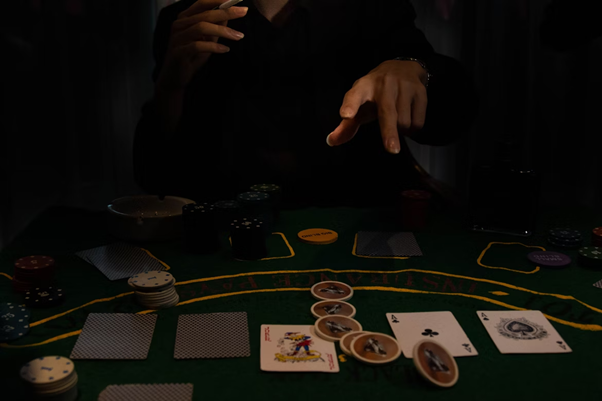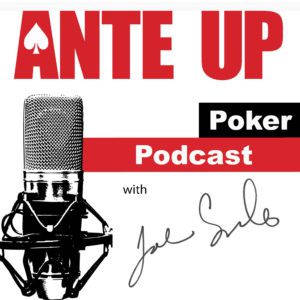Poker is like watching a play, where even small actions can show what someone is thinking. In the past, things like shaky hands or smirks could tell you if someone had a good hand. Those old clues, like looking away when bluffing or keeping steady hands when confident, are still around, but they’ve changed in today’s games. Players are now better because they can learn online and use many plans. Because of this, tells have become more complex, with people trying to trick others. Let’s examine how these old signs have changed, helping you understand what’s happening at the table and avoid getting fooled.
The Foundation of Tells: What’s Still True
Poker tells are about watching for when a player does something different than usual. In the past, when poker was mostly in person, pros like Phil Hellmuth watched body language. For example, if someone didn’t look you in the eye, they might have a bad hand. If they sat up very straight, they probably had a great hand. Hand motions were also key. Shaky hands often meant a player was excited about a good draw, not nervous about bluffing. How fast a player acted mattered too. Calling right away on the river usually meant a medium-strength hand, like a single pair, hoping to win. Pausing before raising often meant a strong hand.
These ideas are still useful. However, now players know these tricks. Since there are so many poker videos, websites, and apps, even beginners are ready. They have learned the old moves and how to use tells to trick others. To win, you have to change your strategy. Instead of just looking at the tell, consider who is giving it, when they are giving it, and why.
The Modern Meta: Tells in a Self-Aware Era
What makes today’s live poker scene so slippery is the meta-game. Players aren’t just playing their cards; they’re playing you. With so many sharpening their skills in fast-paced digital formats, they bring a hyper-awareness to live tables.
Digital Skills Meet Live Tables
In games like online blackjack, observing dealer behaviors or managing decision times can improve a player’s ability to notice abnormalities. These skills are also useful in the psychological aspects of poker. Players skilled at making quick choices online can bring this skill to live games, making their pauses or quick bets seem planned instead of automatic. This transfer improves their advantage, changing typical reactions into careful actions.
The Art of Misdirection
Take the chip shuffle, once a dead giveaway of nerves. Now, it’s often a choreographed act, pros stack and riffle chips with mesmerizing precision to set a baseline, only breaking rhythm to signal something or nothing at all. Eye contact? It’s a battlefield. A stare-down might still suggest strength, but savvy players wield it as a bluff, knowing you’ve skimmed the same strategy blogs they have. Verbal tells have flipped too: a player sighing “tough call” might be luring you into thinking they’re weak when they’re sitting on the nuts.
Tech’s Role in Tell Evolution
This self-awareness comes from tech’s influence. While gadgets are banned at most tables, players dissect their own tells post-game via streams or apps, smoothing out leaks. Live poker broadcasts let everyone study the pros, so stoic faces and neutral postures are the new standard. The result? Tells are subtler, requiring you to baseline opponents early, observe how they act on trivial hands to catch meaningful deviations later.
Decoding the New Tells: What to Watch For
To navigate this evolved landscape, zero in on these modern twists on classic tales. They’re not guarantees because poker’s too messy for that, but they’ll tilt the odds in your favor if you observe:
- Deciphering Wager Amounts: Big wagers once plainly showed a strong hand. These days, game theory is seeping into live games. Pay attention to strange wager amounts, like small raises, mixing trickery and value to confuse you.
- Reading People: Players would often talk nervously when tricking. Now, skilled players use the opposite approach, complaining about the cards dealt to them when they have a good hand or praising them to scare you into giving up.
- Online Habits: Players who play online poker are used to making fast choices. They might bring this habit to live games. A player who stops to consider their options may be the one who is tricking.
- Spotting Tells: Even if players hide their faces, those who pay close attention can spot stress in their shoulders or neck. These movements can show hidden anxiety, even in calm people.
- Chip Handling: Fumbling chips might seem like an accident, but it’s often an act. Note those who change how they handle chips when there’s a lot at stake.
These cues reward pattern-spotting over snap judgments. Baseline your opponents early, and you’ll catch the moments they deviate, whether by accident or design.
Conclusion: Reading the Room, Modern Style
To be good at live poker, you need to watch people, as their body language and actions might show what they are planning. Classic tells are still useful, but it’s important to understand how they have changed. If you mix old-school observation with knowledge of today’s game, since many players now use online strategies, you can stay ahead. When you next play, focus on recognizing the intentions behind the tells. This method can change your ability from reading cards to understanding minds.




